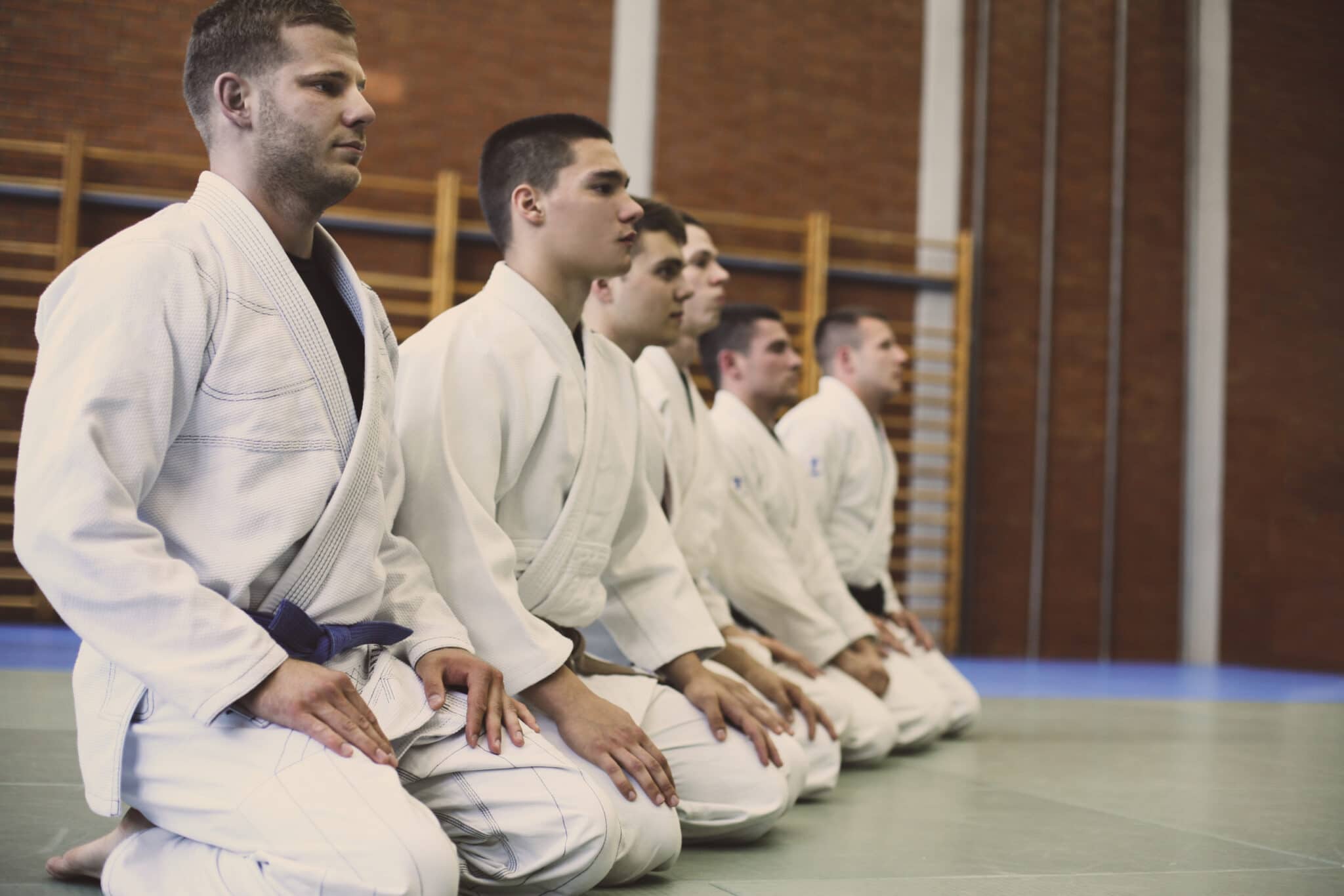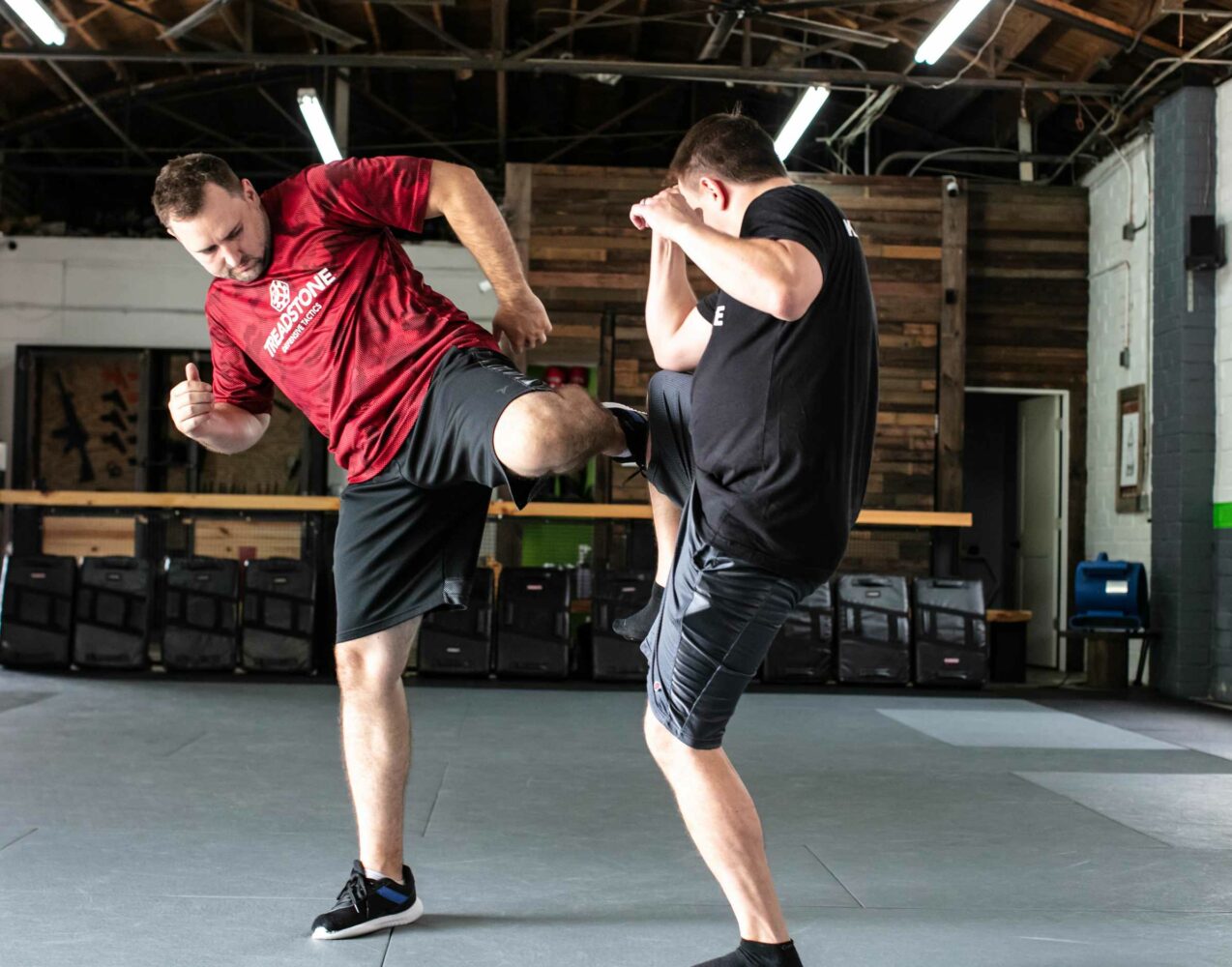By: Jeremy Brown (Treadstone Defensive Tactics)
Without good footwork we are slower, weaker, and will find ourselves in trouble. I can’t express enough, how important good footwork is!
Before we talk more about footwork it is important to discuss stance. There are two main fighting stances, often referred to as Orthodox and SouthPaw (left foot forward or right foot forward). Usually, in the fighting world, we are required to learn one stance. In the self-defense world we do not have the luxury of knowing our opponent, studying them, and developing a specific strategy on how to fight them. On the street we have to be able to launch our attack from every position and to every angle. The addition of threats and attacks with weapons adds further complication. When dealing with weapons we have to be able to function from either stance.
Today’s ProTip is this: Train your footwork and learn to be proficient from both fighting stances.
This does not mean switching between fighting stance carelessly while fighting, but rather train to react in all directions and to be comfortable fighting from either stance.
A few tips on the footwork:
- Most of the time remember to open your stance first and then close it back to the original spacing. We want to avoid being off balance whenever we can.
- Have your weight primarily on the balls of your feet.
- Regardless of which direction you are moving land on the ball of your foot first. This allows you to react and adjust your position faster.
- Try to keep your lead foot outside of your opponent’s stance.
Tips on Training:
- Shadow box footwork by itself. Then slowly progress to adding strikes
- Shadow box as if you are fighting multiple opponents coming from all directions
- Practice starting from a completely neutral position, launch an attack and end up in a fighting stance.
- Drill all distances of movement. Change the amount of space covered in one movement.
- Use visible guides on the ground (lines, cones, chair, etc.).
- Train using mirrors and/or video yourself, this can help you catch mistakes.
- Use plyometrics to build the right neurological pathways and to strengthen the right muscles for good footwork.
- Here are some examples:
- Jump rope
- Box jumps
- Ladder drills
- Here are some examples:
- Psychological preparation: Training the basics can get boring for most people. Change your perspective ahead of time and think about how much better you will be for training the basics. (See ProTip: training like a professional).

